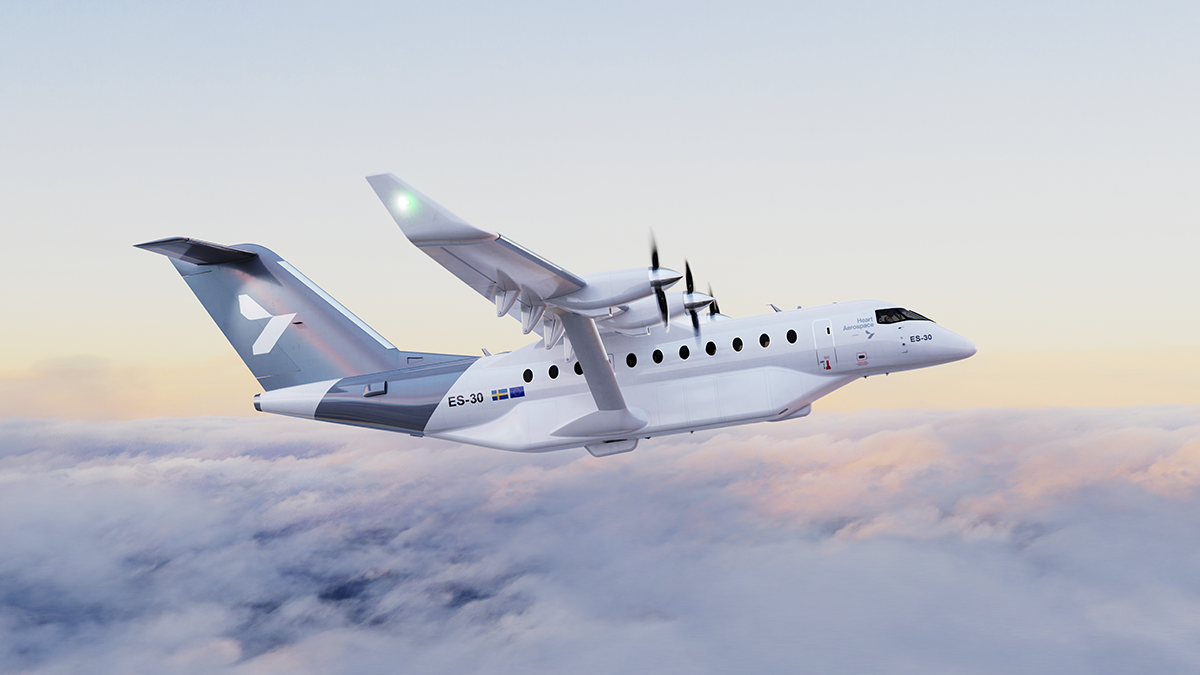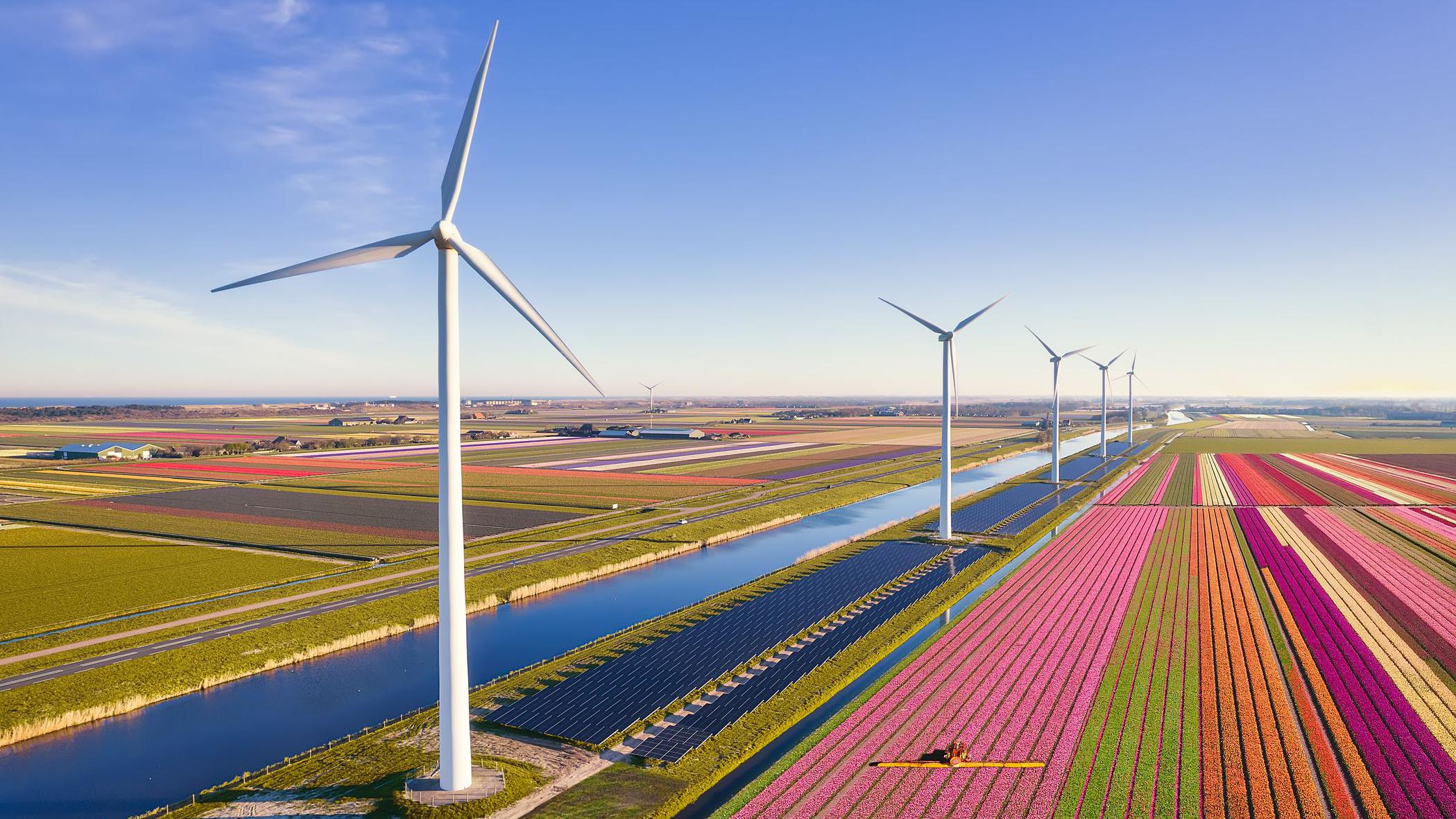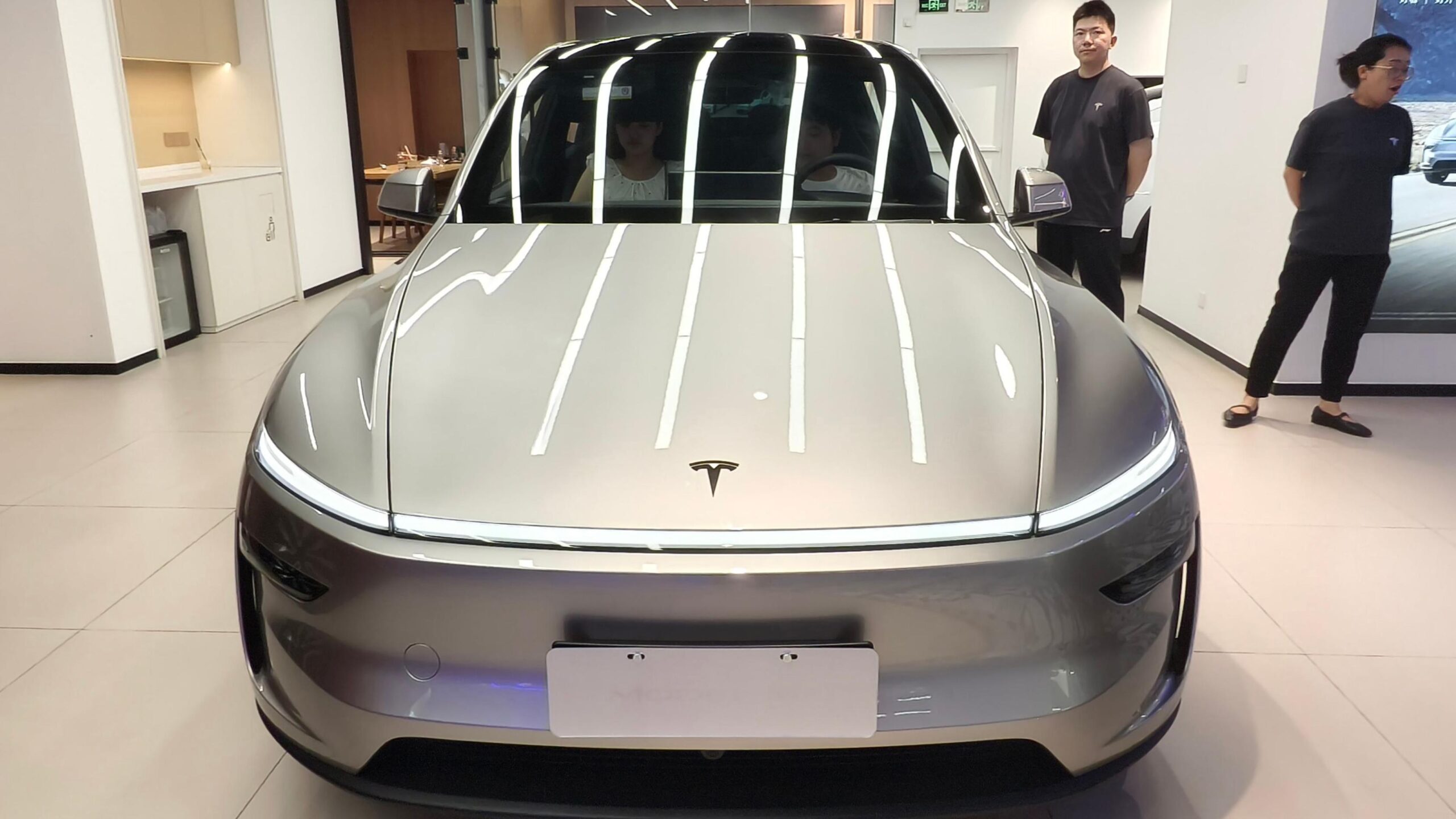Remember the first time you saw a Toyota Prius zipping down the highway back in the early 2000s? I sure do—I was that skeptical guy in my beat-up sedan, chuckling at what looked like a glorified golf cart. “Hybrid cars? Yeah, right, they’ll never catch on,” I thought, munching on drive-thru fries while guzzling gas. Fast forward two decades, and hybrids are everywhere, saving folks money at the pump and easing our collective guilt about the planet. They’ve become the bridge between old-school engines and full-electric dreams, proving that blending tech can actually work in the real world. Now, that same buzz is hitting the aviation industry. Hybrid planes aren’t some far-off sci-fi plot; they’re taxiing onto the runway, promising quieter flights, lower emissions, and a greener way to soar. It’s like the skies are finally catching up to the roads, and honestly, it’s about time. I’ve always loved flying—nothing beats that window seat view—but the roar of jet engines and the fuel burn have always nagged at me. Imagine boarding a plane that hums more than it thunders, sipping your coffee without the guilt of a massive carbon footprint. That’s the allure here. In this deep dive, we’ll unpack what hybrid planes really mean, who’s building them, the hurdles they’re facing, and why this could reshape how we travel. Stick around; it’s a flight worth taking.
What Exactly Are Hybrid Planes?
Hybrid planes blend traditional fuel-based engines with electric propulsion systems, much like your everyday Prius but scaled up for the skies. They’re designed to cut down on fuel use during key flight phases, like takeoff and cruising, by switching between or combining power sources. This isn’t just a tweak—it’s a fundamental shift aimed at making aviation more sustainable without sacrificing range or reliability.
How Hybrid Propulsion Works in Aviation
In a hybrid plane, a gas turbine or piston engine generates power, often charging batteries that drive electric motors connected to propellers or fans. During high-demand moments like climbing, both systems kick in for extra thrust, then electric mode takes over for efficient cruising. It’s clever engineering that optimizes energy, reducing waste and noise in ways pure jets can’t.
Key Differences from Hybrid Cars
While hybrid cars recapture energy from braking to recharge batteries, planes don’t have that luxury—there’s no “regen” on landing without added complexity. Aviation hybrids focus more on weight savings and power distribution since every pound matters up there. Cars prioritize stop-and-go efficiency; planes aim for steady, long-haul smarts.
Comparing Hybrid Cars and Hybrid Planes: Parallels and Pitfalls
I’ve driven hybrids for years now, loving that seamless switch from gas to electric on city streets—it’s like the car reads your mind. But applying that to planes? It’s a whole different beast, with gravity and speed throwing curveballs. Both technologies marry internal combustion with batteries for better efficiency, yet aviation’s extreme conditions demand lighter materials and stricter safety nets. Here’s a side-by-side look to break it down.
| Aspect | Hybrid Cars | Hybrid Planes |
|---|---|---|
| Power Source | Gas engine + electric motor + battery | Turbine/piston + electric motor + battery |
| Efficiency Gains | Up to 50% better MPG in urban driving | 30-40% fuel savings on short routes |
| Weight Impact | Batteries add bulk but manageable | Critical; heavy batteries limit range |
| Regen Braking | Yes, recharges on stops | Limited; some concepts explore it |
| Typical Range | 500-700 miles | 200-800 miles (depending on size) |
| Cost Savings | Lower fuel, maintenance | Reduced emissions, operational costs |
| Adoption Timeline | Widespread since 2000s | Prototypes now; commercial by late 2020s |
This table shows the shared DNA but highlights why planes lag behind—weight and regulations slow the rollout. Still, the lessons from cars, like battery tech evolution, are speeding things up.
The Pros and Cons of Hybrid Planes
Shifting to hybrids in the air sounds thrilling, but like my first hybrid car test drive (nerve-wracking until I got the hang of it), there are upsides and trade-offs. They promise a cleaner future, yet tech hurdles remind us innovation isn’t instant. Let’s weigh them out honestly.
Pros of Hybrid Planes
- Lower Emissions: Cut CO2 by 30-50% compared to traditional jets, helping combat climate change without grounding flights.
- Fuel Efficiency: Save on jet fuel costs, especially for regional hops, making airlines more profitable and tickets potentially cheaper.
- Quieter Operations: Electric modes reduce noise pollution, ideal for urban airports—imagine peaceful takeoffs over neighborhoods.
- Versatility: Handle short routes electrically, extending to longer ones with hybrid boost, bridging to full-electric someday.
- Safety Enhancements: Redundant power systems mean backup if one fails, adding layers of reliability mid-flight.
Cons of Hybrid Planes
- Battery Weight: Heavy packs limit payload and range, forcing compromises on passenger numbers or cargo.
- High Development Costs: Billions in R&D, plus certification delays, slow market entry and hike initial prices.
- Infrastructure Needs: Airports require charging stations and hybrid fuel setups, demanding big investments.
- Limited Range for Now: Best for regional flights under 500 miles; long-haul hybrids are still years away.
- Tech Reliability: Integrating systems in extreme conditions like turbulence tests durability, risking early glitches.
The Current State of Hybrid Plane Development
As of late 2025, hybrid planes are moving from blueprints to test flights, with startups and giants alike pushing prototypes. NASA’s Electrified Aircraft Propulsion program is testing concepts that could slash energy use, while European efforts focus on short-haul efficiency. It’s an exciting phase, blending innovation with real-world trials to prove viability.
Major Milestones in 2025
This year saw breakthroughs like Electra’s facility expansions for their nine-seater hybrid, set for 2029 flights, and GE Aerospace’s partnership with BETA for advanced air mobility. RTX hit full power on their demonstrator, eyeing 30% fuel cuts for turboprops. These steps build momentum, turning hype into hardware.
Global Collaborations Driving Progress
Airbus and partners like Daher are flight-testing EcoPulse, a distributed hybrid setup backed by EU funds. In the US, Delta’s tie-up with Maeve Aerospace aims for 40% efficiency gains in regional jets. These cross-border efforts share risks and speed up certification, essential for widespread adoption.
Key Players in the Hybrid Plane Revolution
From my chats with aviation buffs at air shows, it’s clear a handful of innovators are leading the charge, each with unique twists on hybrid tech. They’re not just building planes; they’re reimagining flight. Here’s a rundown of the frontrunners, complete with their flagship projects.
| Company/Organization | Aircraft Model | Key Features | Expected Timeline |
|---|---|---|---|
| Electra | EL-2 Goldfinch | Hybrid-electric, ultra-short takeoff, 9 seats | First flights 2026; commercial 2029 |
| Heart Aerospace | ES-30 | 30-seat regional, 200km electric range, hybrid extend to 400km | Entry into service 2028-2029 |
| Ampaire | Electric EEL | Modified Cessna, over 30,000 miles flown in tests | Certification 2026; sales soon after |
| VoltAero | Cassio | Distributed hybrid, pusher prop config, 5-10 seats | Deliveries late 2025-early 2026 |
| Airbus | EcoPulse | Hybrid demonstrator with Safran, distributed propulsion | Test flights ongoing; tech integration by 2030 |
| NASA/GE Aerospace | Various demonstrators | High-power turbogenerators for AAM | Mid-2030s for larger applications |
| RTX (Pratt & Whitney) | Hybrid Flight Demonstrator | 30% fuel efficiency for regional turboprops | Flight tests 2026-2027 |
| Horizon Aircraft | Cavorite X7 | Hybrid eVTOL, redundant safety systems | Certification mid-2020s |
These players are investing heavily, with backing from airlines like Delta and governments via programs like Horizon 2020. For more on NASA’s work, check their EAP page [external link: https://www.nasa.gov/mission/eap/]. If you’re into hybrid cars, see our related piece on evolving auto tech [internal link: /hybrid-cars-evolution].
The Environmental Impact of Hybrid Planes
Hybrid planes could transform aviation’s eco-footprint, slashing emissions on routes that make up 40% of global flights—those under 500 miles. By optimizing fuel burn, they align with goals like net-zero by 2050, offering a practical step while full-electric tech matures. It’s not perfect, but it’s progress we can feel good about.
Reducing Aviation’s Carbon Footprint
Studies show hybrids could cut lifecycle CO2 by nearly 50% with advanced batteries, per UBS forecasts. This matters as air travel’s emissions are projected to triple by 2050 without changes. Hybrids bridge the gap, using sustainable fuels to amplify green gains.
Benefits for Wildlife and Communities
Quieter engines mean less disruption for birds and animals near airports, plus reduced noise for residents—think peaceful mornings without jet roars. I’ve lived near a busy hub; that alone would be a game-changer, fostering better human-nature harmony.
Challenges and Roadblocks in Hybrid Aviation
No revolution is smooth—remember the early hybrid car recalls that had us all wary? Planes face steeper climbs, from tech tweaks to regulatory mazes. Yet, overcoming these could unlock skies that are safer and cleaner for everyone.
Technical Hurdles to Overcome
Battery density remains a thorn; current tech at 250-500 Wh/kg isn’t enough for long flights without added weight dragging efficiency down. Engineers are hustling, but scaling lab wins to real aircraft demands time and testing.
Regulatory and Certification Issues
FAA and EASA approvals are rigorous, often taking 5-10 years, as seen with Electra’s G1 milestone. Safety redundancies must prove flawless, delaying launches but ensuring trust—vital when lives are at stake.
Economic Considerations for Airlines
Upfront costs for hybrids run high, potentially $10-20 million per plane, per industry estimates. But long-term savings on fuel (up to 40%) could pay off, especially with carbon taxes rising. Airlines like EasyJet are betting on it for competitive edges.
Where to Learn More or Get Involved in Hybrid Aviation
Curious folks can dive deeper via NASA’s resources or join forums like the Electric Flight Association. For hands-on, check out air shows featuring demos—I’ve attended a few, and the energy is infectious.
Best Resources for Aviation Enthusiasts
- NASA’s EAP site for free reports on electrified propulsion [external link: https://www.nasa.gov/mission/eap/].
- Airbus innovation hub for hybrid updates [external link: https://www.airbus.com/en/innovation/energy-transition/hybrid-and-electric-flight].
- Online courses on Coursera about sustainable aviation.
Tools and Simulators for Aspiring Pilots
Flight sims like X-Plane now include hybrid models for practice. Apps like ForeFlight track real-time developments, helping you stay ahead. For pros, tools from GE Aerospace offer propulsion modeling software.
People Also Ask: Common Questions About Hybrid Planes
Drawing from Google searches, folks often wonder about the basics and timelines. Here’s a curated list based on real queries, answered straight-up to satisfy that curiosity.
What is a hybrid plane?
A hybrid plane uses both traditional fuel engines and electric motors for propulsion, optimizing efficiency across flight phases. It’s like a Prius in the sky, reducing fuel burn by 30-40% on average.
Are hybrid planes available now?
Not for commercial passengers yet, but prototypes are flying. Companies like Ampaire have logged thousands of test miles, with first services eyed for 2028-2029 on regional routes.
How do hybrid planes help the environment?
They cut emissions significantly, up to 50% less CO2 than conventional jets, by using electric power for parts of the flight. This supports global sustainability goals without halting air travel.
When will hybrid planes be used commercially?
Experts predict small hybrids by 2028 for short hops, with larger ones in the 2030s. Heart Aerospace aims for 2028 entry, while NASA targets mid-2030s for broader adoption.
What are the disadvantages of hybrid planes?
Main drawbacks include heavy batteries limiting range, high costs, and infrastructure needs. They’re best for regional flights now, with long-haul versions facing tech barriers.
FAQ: Answering Your Burning Questions on Hybrid Planes
How safe are hybrid planes compared to traditional ones?
Hybrids incorporate redundant systems, like dual power sources, potentially boosting safety. Certification ensures they meet or exceed standards, with tests showing reliable performance in failures.
What is the cost of developing a hybrid plane?
R&D can hit billions, as seen in NASA’s programs, but shared partnerships cut burdens. For buyers, expect premiums over jets, offset by 30% fuel savings over time.
Can hybrid planes fly long distances?
Currently, they’re optimized for 200-800 miles, but advancements could extend that. For transatlantic, full hybrids or hydrogen blends are in early research stages.
How do I invest in hybrid plane technology?
Look at stocks in leaders like GE Aerospace or startups via funds focused on green aviation. Always research, as the sector’s volatile—I’ve dabbled and learned patience is key.
What role do governments play in hybrid plane adoption?
Subsidies and regulations, like EU’s Horizon 2020 funding €9 million for projects, accelerate development. US incentives via NASA push certification, making commercialization feasible sooner.
In wrapping up, hybrid planes aren’t just coming—they’re here to stay, echoing the hybrid car boom that changed my drive forever. With emissions dropping and skies quieting, the future looks brighter from 30,000 feet. Whether you’re a traveler, investor, or dreamer, this shift invites us all to rethink flight. Safe travels ahead.
(Word count: 2,748)




